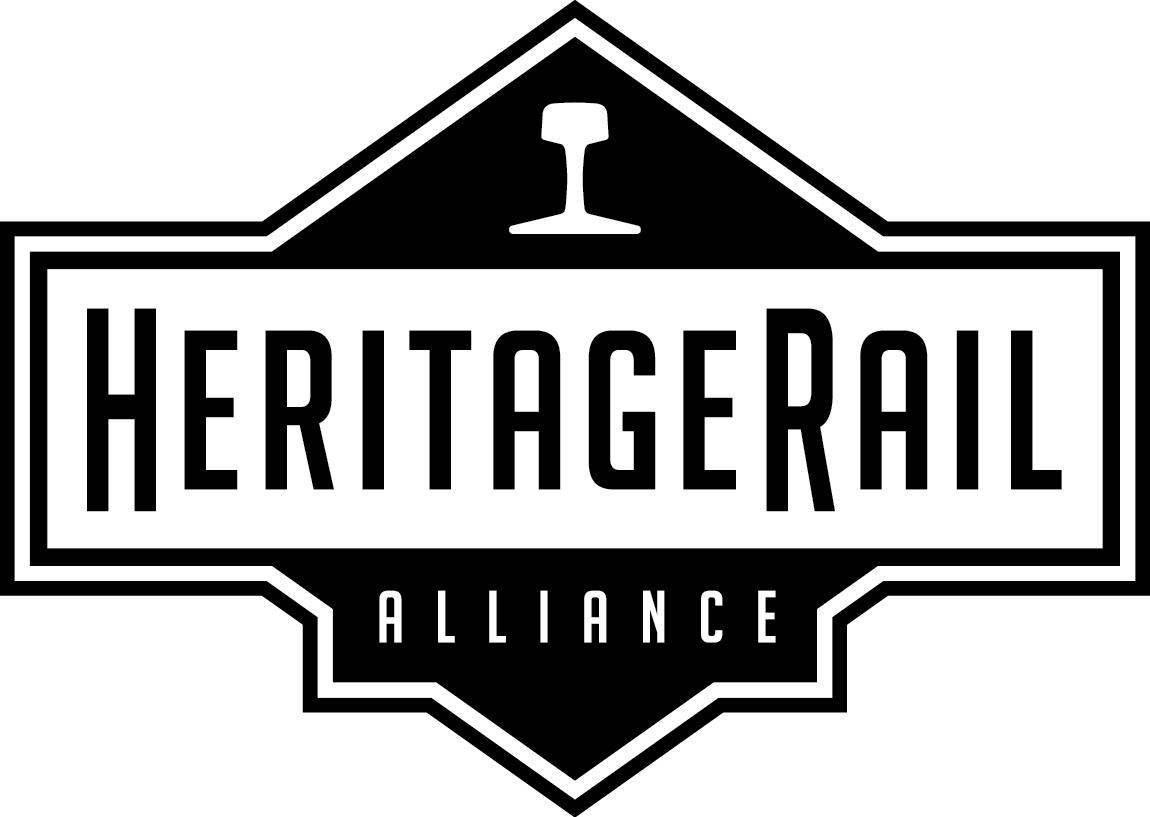
By Aaron Isaacs, HRA editor
With so many railway museums shuttered by Covid-19, many have compensated by upping their online presence. None more so than the Colorado Railroad Museum. It’s a multi-pronged approach that starts with conventional posts on their website’s News page. As a frequent peruser of website news pages, I’m often disappointed when they are devoid of anything recent, or the posts are few and far between. That is certainly not the case at CRRM. Their News page featured 36 posts over the last three months. Every one of those posts simultaneously appeared on the Facebook page.
CRRM has taken to producing frequent videos and posting them on YouTube at https://www.youtube.com/c/coloradorailroadmuseum. Click on “videos” and a huge list of productions will pop up. According to Executive Director Paul Hammond, “While we were stuck at home during the closure, our staff team decided we needed to do virtual programming to stay connected with our members and donors. So, we launched a whole series in late March. At first we did weekly programs for each series, then we moved back to monthly once we reopened. These continue right up to today. Our productions started out a bit “homey” but quickly have improved in terms of production values. For instance, for the “Big Train Tours” series that I do about full-sized artifacts, for the first several I simply “winged it” on camera, with the occasional picture added in to illustrate something mentioned. Now I write a script, and research dozens of photos to be added to illustrate each talking point.”
The videos range from one-minute Trivia Tuesday offerings to Conversations About Ted Rose, where a panel of preservationists discussed the artist’s work for 77 minutes. In between are shorter features like Big Train Tours.
The Story Time and Craft series for children are roughly 15 minutes long. First a staffer reads a children’s book while displaying its pages, then another staffer walks the kids through a craft exercise. There are several-minute-long Roundhouse Updates, and other video featuring whatever is new and interesting.
Hammond says, “Whenever we post new YouTube content, it also gets a mention on our Facebook page with a link. We do the same with other content (for instance, we do a Dining by Rail post monthly, featuring a recipe with historical background/context and which doesn’t involve video) plus regular updates and news items. We try to keep our Facebook audience very engaged. We also do regular Instagram posts involving photography done by Museum volunteers, although our IG follower numbers aren’t nearly as robust as FB.”
Print not neglected
Colorado Railroad Museum has always been one of the most prolific publishers of railroad history books. This has not abated during the pandemic. To commemorate the return of Rio Grande Southern 4-6-0 #20 (Schenectady 1899), the museum published a pair of soft cover volumes. The first is a 30-page history of the locomotive. The second is something I’ve never seen before, a highly detailed, profusely illustrated recap of the 15-year restoration. Most of it happened at the Strasburg Rail Road. Operational, but minus the cab and other finishing touches, final assembly and painting took place in 2020 at CRRM.

Although highly technical in its content, the restoration chronicle is surprisingly entertaining thanks to its author, Linn Moedinger, Strasburg’s recently retired President and Chief Mechanical Officer. Those who know Linn will realize that he writes just like he talks, informally with plenty of dry humor. Here’s his first sentence, “I should have known this was not to be your standard steam locomotive restoration when No. 20 managed to get lost for two months between Golden and Strasburg.”
What follows is an incredibly detailed voyage of discovery as #20 reveals its secrets, mostly bad. The Rio Grande Southern had no money and did what it had to to keep an ancient machine functional for 36 years (they bought it from the Florence & Cripple Creek in 1916). The restoration crew found parts from other locomotives, all sorts of jury-rigged repairs, and serious defects that were never fixed even though the engine remained in service.
Moedinger closes with “In my fifty-plus years of working on some pretty broken steam locomotives, I have never seen one quite so bad as No. 20.” Despite that, the restoration was a success. The goal of preserving as much of the original fabric as possible was attained. Today RGS #20 runs well and is a valuable tool to teach the public about Colorado narrow gauge history.
